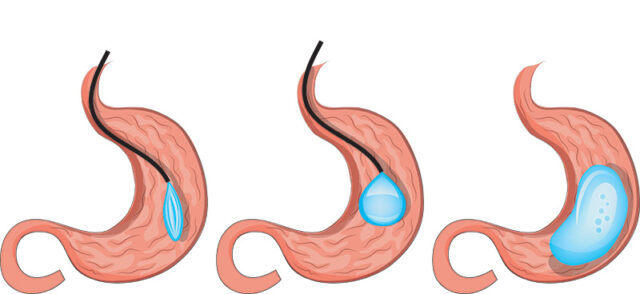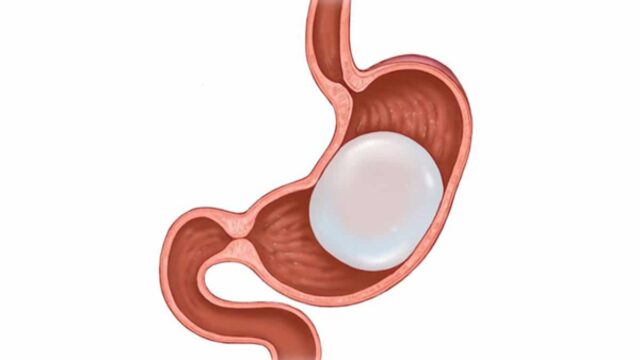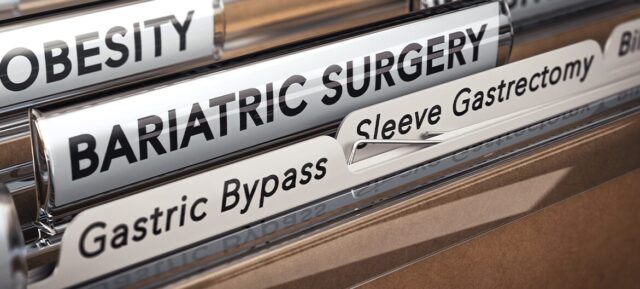
Specific pre-screening assessments may be required to maximize the procedure’s success rate. Depending on the patient’s age, these can include a patient information profile, dietary evaluation, general blood tests, and potentially a Chest X-Ray and ECG. These assessments are essential in determining the patient’s readiness for the procedure.
Many turn to various weight loss methods in the quest for healthier lifestyles and ideal body weights. One such method, which has been gaining popularity, is the stomach balloon procedure. Offering a non-invasive solution for weight loss, this procedure involves the insertion of a saline-filled balloon into the stomach to limit food intake. This comprehensive guide will delve into the intricacies of the stomach balloon procedure, including its benefits, risks, and cost of the intragastric balloon.
Understanding the Stomach Balloon Procedure

1. The Preparatory Consultation
Before undergoing the stomach balloon procedure, an initial consultation is crucial. This meeting involves a thorough medical history review and a brief physical assessment by a healthcare physician. The objective is to ascertain if the individual is suitable for the treatment.
During this consultation, the physician explains the balloon treatment, detailing its advantages and potential risks. Alternatives are also discussed, equipping the patient with comprehensive knowledge of all options. This consultation offers a platform to discuss personal health concerns, eating habits, and weight loss objectives with the medical team.
2. Pre Screening Assessments
Specific pre-screening assessments may be required to maximize the procedure’s success rate. Depending on the patient’s age, these can include a patient information profile, dietary evaluation, general blood tests, and potentially a Chest X-Ray and ECG. These assessments are essential in determining the patient’s readiness for the procedure.
Pre-screening assessments are an integral part of the intragastric balloon procedure. These assessments involve evaluating a patient’s medical history, current health status, and suitability for the procedure. Healthcare professionals conduct various tests and screenings to identify any potential risks or contraindications.
These assessments help determine if the patient is a suitable candidate for the intragastric balloon, ensuring their safety and maximizing the effectiveness of the procedure. The results of these pre-screening assessments guide healthcare providers in tailoring the treatment plan and providing personalized care for each individual.
3. The Balloon Insertion

The stomach balloon is inserted endoscopically under conscious sedation. The balloon is placed in the stomach and inflated with saline during this non-surgical event. The patient can typically leave the hospital within an hour post-procedure. Another noteworthy aspect is the balloon’s reversibility – it can be easily deflated and removed.
The balloon insertion is a key step in the intragastric balloon procedure. Under medical supervision, a deflated silicone balloon is inserted into the stomach through an endoscopic procedure. Once in place, the balloon is filled with a sterile saline solution to expand its volume.
This process reduces the available space for food, creating a feeling of fullness and promoting portion control. The insertion is typically performed on an outpatient basis and is generally well-tolerated, with patients able to resume normal activities within a short period.
4. Post-Insertion Period
Patients may experience discomfort for the first few days following the stomach balloon procedure. Symptoms may include nausea, vomiting, cramping, and heartburn. However, these side effects are typically temporary, subsiding within a week for most individuals. The medication alleviates these symptoms, and patients are advised to start a liquid-only diet for the first three days, gradually transitioning to a semi-solid diet.
The post-insertion period refers to the time following the placement of an intragastric balloon in the stomach. During this period, patients typically undergo a period of adjustment as their body adapts to the presence of the balloon. This phase is crucial for patients to implement necessary lifestyle changes, such as adopting a modified diet and incorporating regular exercise.
Healthcare professionals closely monitor patients during the post-insertion period to ensure proper adjustment, manage any potential side effects, and provide support for achieving weight loss goals. Regular follow-up appointments are commonly scheduled to assess progress and address any concerns that may arise
Cost of the Intragastric Balloon
The stomach balloon procedure is often more affordable than other weight loss surgeries. The cost can range between $6,000-$9,000, making it the most cost-effective bariatric procedure. However, these costs can vary depending on the clinic and geographical location.
Comparing with Other Weight Loss Procedures

When considering the stomach balloon procedure, comparing it with other weight loss surgeries is helpful. These include Gastric Bypass, Gastric Sleeve, and Gastric Band surgeries. While these procedures may result in more significant weight loss, they are more invasive and carry higher risks. They also typically cost more than the stomach balloon procedure.
Success Rate and Weight Loss Results
The Spatz3 Weight Loss Balloon has demonstrated impressive results in recent US FDA trials, achieving almost double the weight loss results and overall success rates compared to its competition. With an 84% overall success rate and 53.6% excess weight loss, the Spatz3 is a superior choice for those considering the stomach balloon procedure.
The success rate and weight loss results of the intragastric balloon procedure can vary among individuals. On average, patients can expect to achieve significant weight loss during the period the balloon is in place, typically around six months. Studies have shown that patients can lose a substantial amount of excess weight, usually ranging from 25% to 35%.
However, it’s important to note that long-term success depends on individuals’ commitment to maintaining a healthy lifestyle, including diet and exercise after the balloon is removed. Regular follow-up appointments and ongoing support are crucial for sustained weight loss.
Final Thoughts
The stomach balloon procedure offers a promising, non-invasive solution for weight loss. It has a high success rate and yields substantial weight loss, all at a relatively affordable cost. Considering its benefits and potential, it is a worthwhile option for those seeking to achieve their weight loss goals.
Are you looking for a solution to your weight loss journey? The stomach balloon procedure might be the answer.

